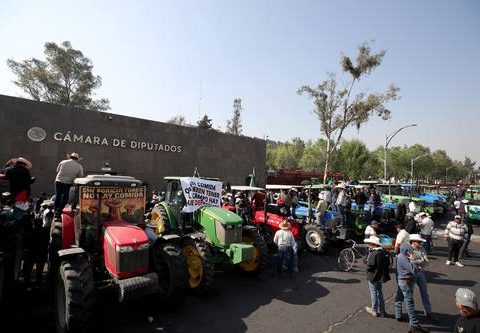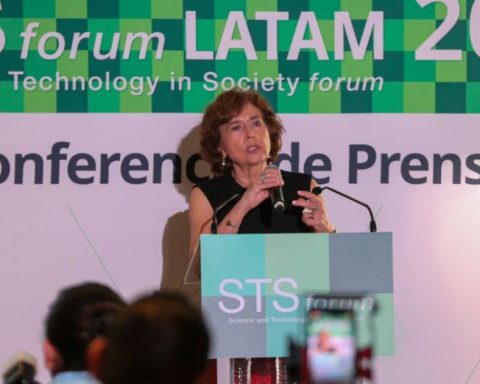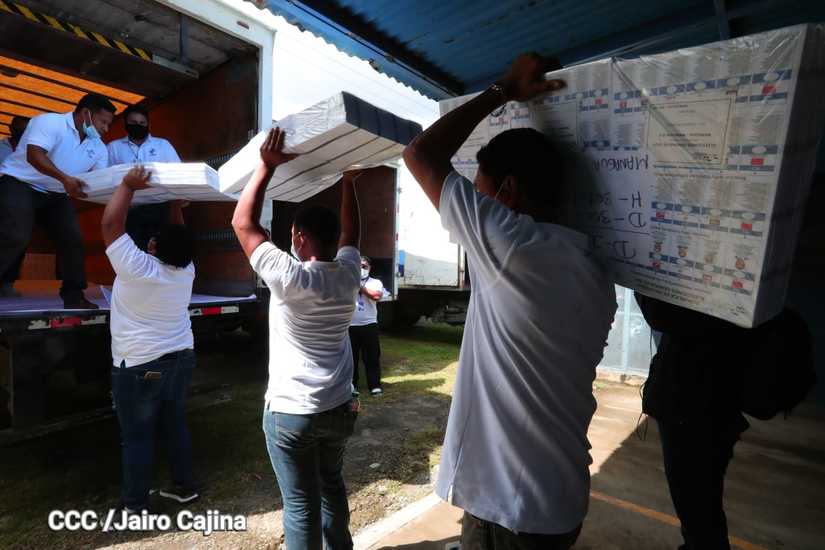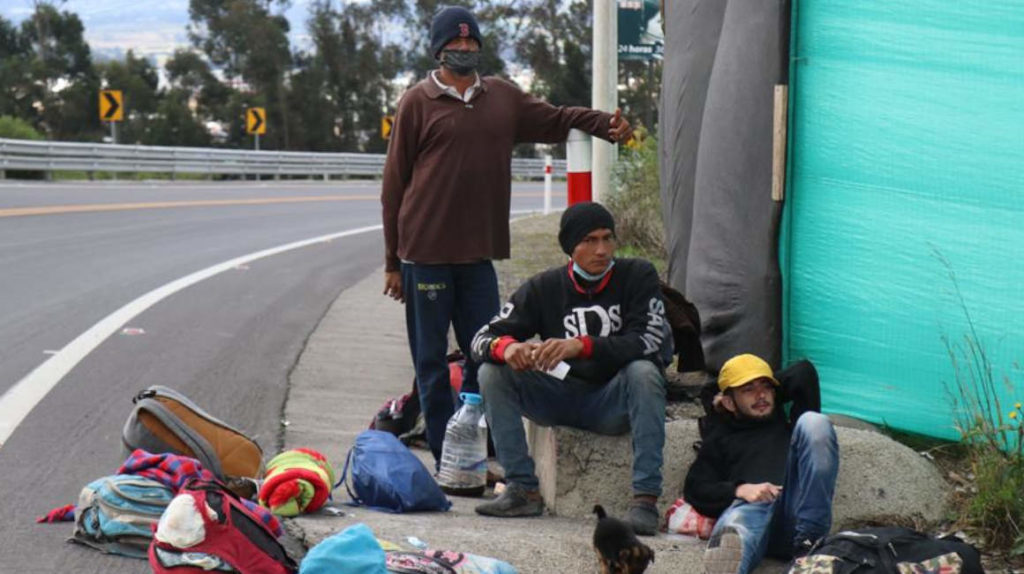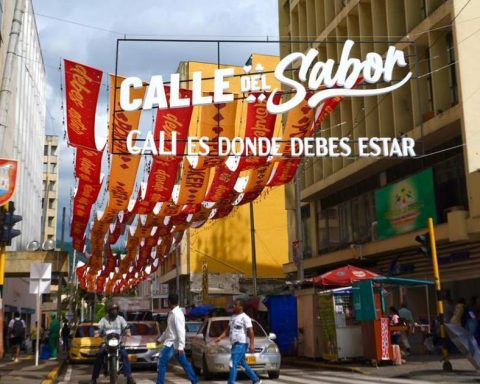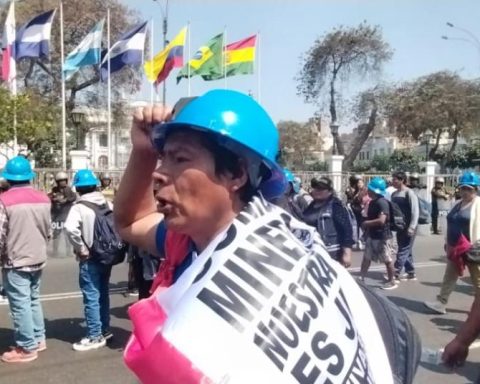The Transpeninsular Train constitutes the modernization of the ports of Coatzacoalcos and Salina Cruz, as well as the recovery of the railroad between the two towns and the construction of binding highways.
As a result of the regional migration crisis, both US and Mexican officials have recognized that the current conditions that cause migration must be overcome. Consequently, an investment proposal of 25,000 million dollars has already emerged for the Mexican southeast by North American companies for the period 2022-2024. This is certainly very satisfying. It is what was needed. The important thing is that it is carried out.
The meeting where this possibility was raised was attended by the US Ambassador in Mexico, the Mexican Foreign Minister, the Secretary of Economy, the governors of Campeche, Chiapas, Quintana Roo, Tabasco, Veracruz and Yucatán, officials of the US Chamber of Commerce. in Mexico and North American businessmen.
Foreign Minister Marcelo Ebrard made the following comment: “In the new close relationship with the United States, that country has been asked to invest in the south, as well as in Central America to address the root causes of migration and insecurity. ”.
The sectors where these resources will be channeled are agriculture, the environment, services and technology.
This prospect of possibilities adds to the three programs that the current Mexican administration has in the southeast: the Transpeninsular Train, the Maya Train and the Dos Bocas Refinery.
The ongoing program of the Transpeninsular Train constitutes the modernization of the ports of Coatzacoalcos and Salina Cruz, as well as the recovery of the railroad between the two towns and the construction of binding highways.
It has as a precedent the National Train of Tehuantepec that in 1911 linked Coatzacoalcos with Salina Cruz and had 304 kilometers. The lack of modernization and the effects on its roads determined its modest operation.
Once all the work is done, it will be an important route for the transport of people and goods. It will have two container terminals in the ports, it will lower the cost and time of transport in relation to the Panama Canal. It will mean the creation of jobs in a backward area that expels large migrations to the United States.
The Mayan Train will connect the states of Quintana Roo, Yucatán, Campeche, Tabasco and Chiapas, offering a new infrastructure for the transport of people and goods as well as an aid to tourism.
The Tourism Development Program of the Mayan Train Influence Zone contains the planning instruments for urban, tourist and environmental development. All this within institutional programs such as the UN 2030 Agenda and the Territorial Ecological Planning Program.
There is also the connectivity project for the southeast of the country, which is related to the generation of air routes between the states of Yucatán, Campeche, Tabasco, Chiapas and Quintana Roo, with the countries of Guatemala and Honduras.
The Dos Bocas refinery located in Tabasco constitutes a fundamental contribution to oil refining, in addition to triggering economic activity in the area where it is located.
The infrastructure development base in the southeast will facilitate the attraction of national and foreign investment, vital for its economic modernization and job creation.
Economist
Economy and Society
Writer and graduate in economics, graduated from the National Autonomous University of Mexico. From 1984 to 1990 he was Mexico’s ambassador to the Kingdom of Denmark, where he was awarded the Dannebrog order.

